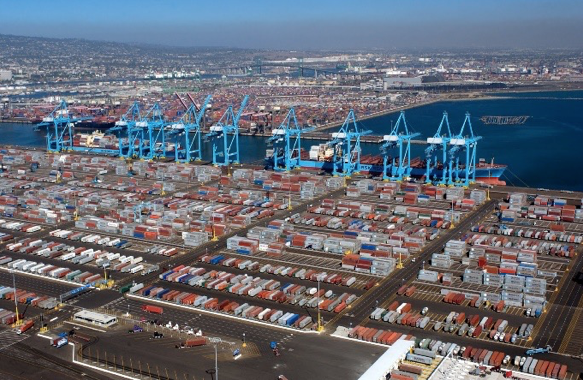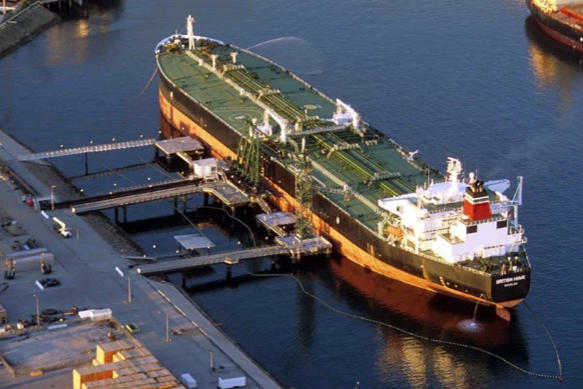Pacific Merchant Shipping Association calls for major changes to the Los Angeles – Long Beach Clean Air Action Plan 2017
The Pacific Merchant Shipping Association (PMSA) which represents the owners of U.S. west coast marine terminals and both U.S. and foreign flag ship owners, has recently written to the ports of Los Angeles and Long Beach to call for changes to the California Air Resources Board (CARB) Clean Air Action Plan (CAAP) 2017.
PMSA calls for CARB to focus on commercially available technology supported by national or state emissions standards along with defined and financially mechanisms of implementation rather than reliance on speculative technology and arbitrary dates “having no consideration for the economic realities faced by tenants and customers”.
In an earlier statement, PMSA pointed out that the maritime industry has worked closely with the ports to dramatically decrease emissions and improve the air quality of Southern California to the point where the 2016 emissions inventory concludes that diesel emissions from cargo handling equipment and trucks have been reduced by 96% over the past 10 years. PMSA is therefore alarmed that the draft CAAP 2017 is exclusively focused on how to reduce the remaining 4% of these emissions without concern to the costs involved. CAAP 2017 near-term and long-term strategies include:
Clean Vehicles, Equipment Technology and Fuels
Starting in 2018, phase in clean engine standards for new trucks entering the port drayage registries followed by a truck rate structure that encourages the use of near-zero and zero emissions trucks, with the goal of transitioning to a zero emissions drayage fleet by 2035.
Reduce idling and support the state’s efforts to transition terminal equipment to zero emissions by 2030.
Update the Vessel Speed Reduction Program, expand the use of state-approved alternative technologies to reduce at-berth emissions, and encourage clean technology upgrades on ships to attract only the cleanest vessels to the Ports of Los Angeles and Long Beach.
Freight Infrastructure and Investment Planning
- Expand use of on-dock rail, with the long-term goal of moving 50% of all inbound cargo leaving the ports by rail.
- Develop charging standards for electric cargo handling equipment.

APM Terminals Los Angeles

tanker British Hawk alongside in Long Beach
Freight Efficiency
- Develop a universal truck appointment system for the entire complex with the goal of minimizing truck turn times.
- Create a voluntary Green Terminal Program to recognize terminal operators achieving high levels of freight movement efficiency.
- Continue to explore short-haul rail, staging yards, intelligent transportation systems and other supply chain efficiency improvements.
Energy Resource Planning
- Develop infrastructure plans to support terminal equipment electrification, alternative fuels and other energy resource goals.
- Continue to develop and implement viable energy conservation, resiliency and management strategies.
CAAP 2017 captures projects underway as well as future projects, including those that will require additional study to determine how and when to demonstrate new technology.
Supporting documents include a preliminary analysis estimating the cost of implementing CAAP 2017 at $7 billion to $14 billion and sets new clean air goals focused on reducing GHG emissions to 40% below 1990 levels by 2030 and 80% below 1990 levels by 2050.

